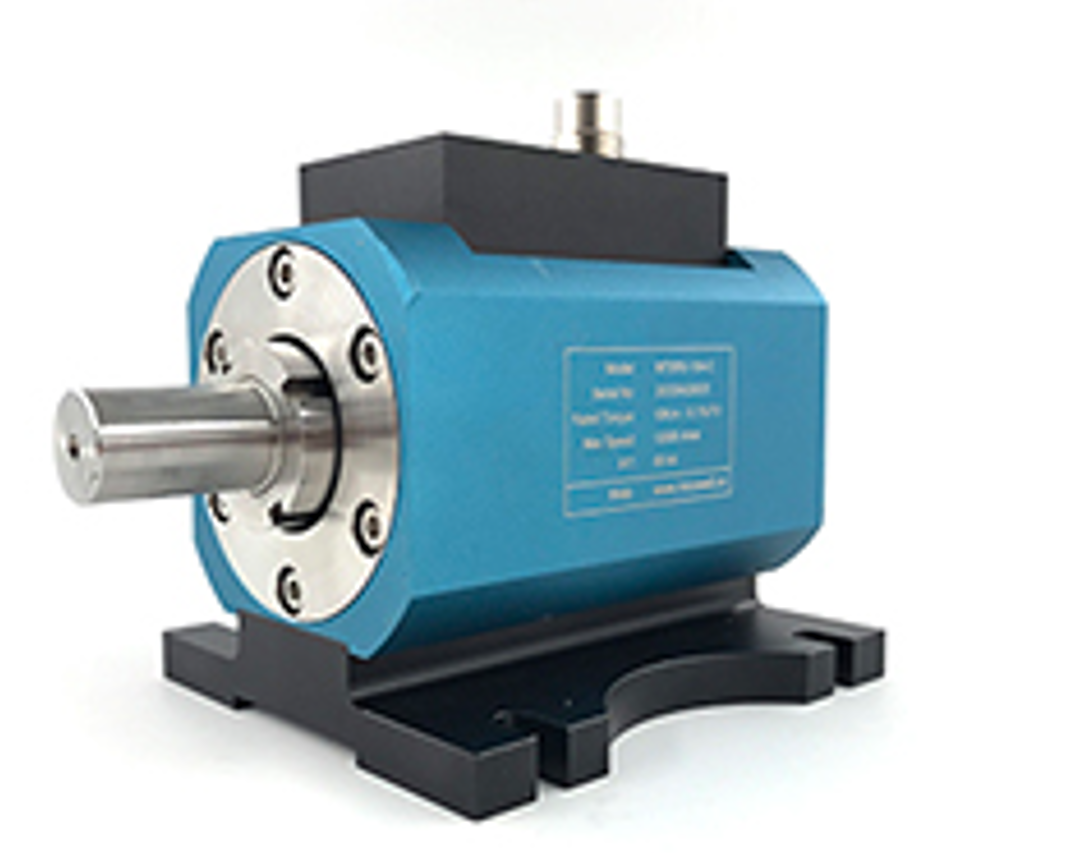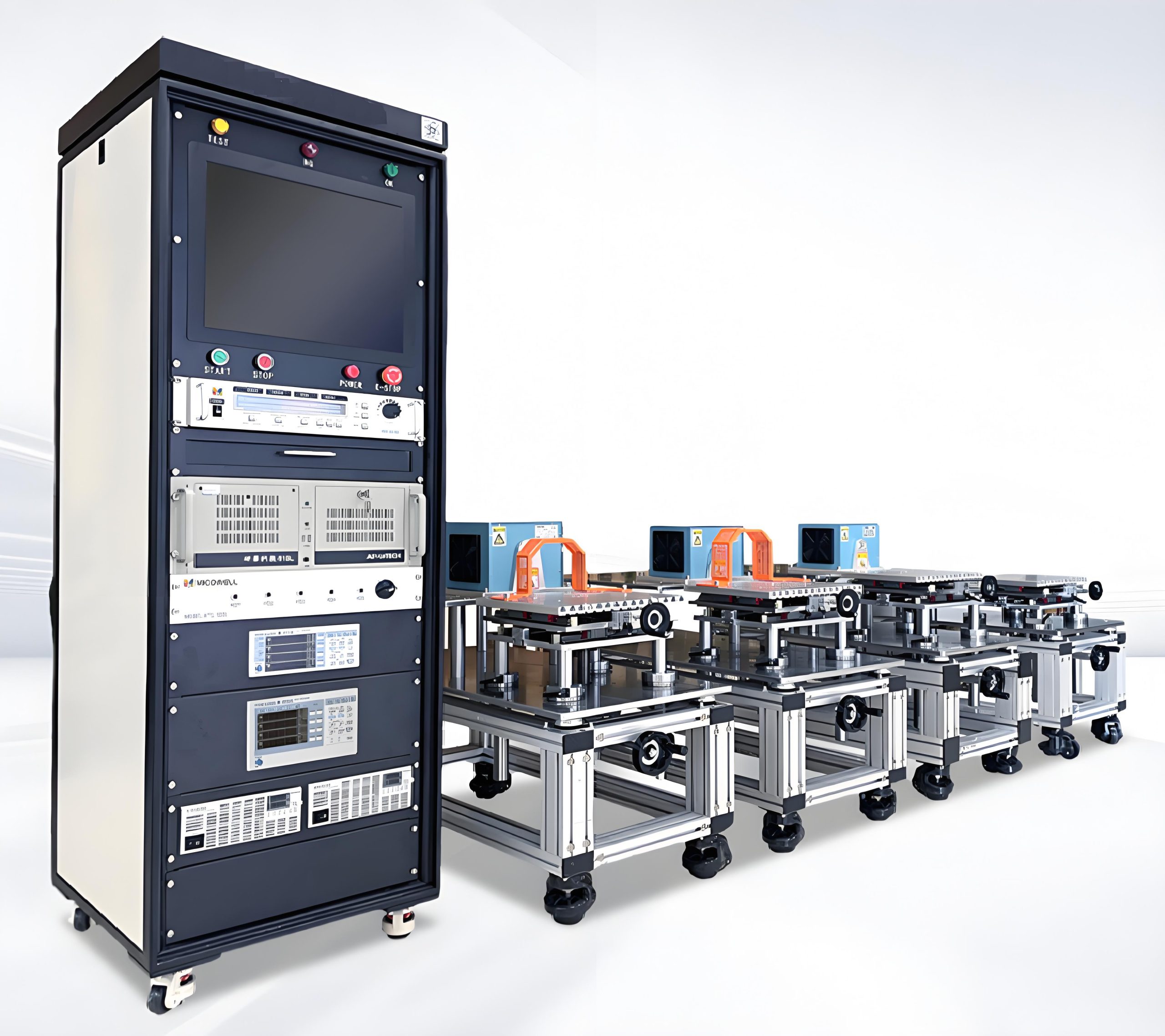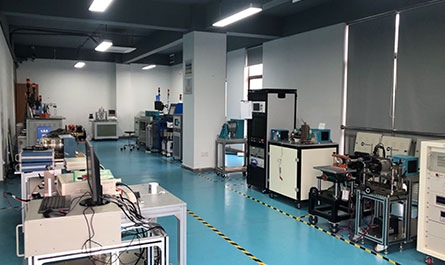In the fast-evolving world of industrial automation, electric vehicles, and advanced manufacturing, the demand for **precision, reliability, and efficiency** in motor testing has never been higher. Enter https://www.validynamics.com/ -changers: **hysteresis brakes, hysteresis dynamometers, hysteresis clutches**, and integrated **motor test systems**. These technologies are not just tools—they are the backbone of innovation, enabling engineers to push boundaries while maintaining uncompromising accuracy. Let’s dive into how these solutions are transforming industries.
---
### 🔧 Hysteresis Brakes: The Silent Powerhouses
When it comes to controlled torque absorption and dynamic load simulation, hysteresis brakes stand out. Unlike mechanical friction brakes, hysteresis brakes operate **contact-free**, using magnetic fields to generate resistance. This eliminates wear and tear, ensuring **longevity and consistent performance**.
Why industries love them:
- **Zero Maintenance**: No physical contact means no friction, no heat buildup, and no component degradation.
- **Ultra-Precise Control**: Adjust torque levels seamlessly for applications like robotics, aerospace actuators, or EV regenerative braking systems.
- **Silent Operation**: Perfect for lab environments where noise pollution is a concern.
Imagine testing a drone’s propulsion motor under variable wind conditions—hysteresis brakes replicate real-world stresses without compromising test repeatability.


---
### ⚡ Hysteresis Dynamometers: Mastering Energy Conversion
For motor testing, dynamometers are indispensable. Hysteresis dynamometers take this a step further by offering **non-contact torque measurement** and **dynamic load control**. Whether you’re testing a high-speed servo motor or a heavy-duty industrial engine, these systems deliver unparalleled accuracy.
Key advantages:

- **Wide Speed Range**: From 0 RPM to ultra-high speeds, hysteresis dynamometers adapt effortlessly.
- **Energy Recovery**: Integrate with regenerative power systems to reduce energy waste during testing.
- **Real-Time Data Acquisition**: Monitor torque, speed, and power output with millisecond-level precision.
In the EV sector, hysteresis dynamometers validate battery-to-wheel efficiency, ensuring every joule of energy is optimized.

---
### 🔄 Hysteresis Clutches: Smooth Transitions, Seamless Performance
Hysteresis clutches are the unsung heroes of torque transmission. By leveraging magnetic hysteresis principles, they enable **slip-free torque transfer** and **infinite adjustability**. Applications range from precision robotics to medical device assembly lines.
Why they’re revolutionary:
- **No Mechanical Wear**: Prolong lifespan even in high-cycle operations.
- **Instant Response**: Achieve precise torque control without lag—critical for CNC machines or semiconductor manufacturing.
- **Compact Design**: Ideal for space-constrained environments.
For example, in a packaging facility, hysteresis clutches ensure conveyor belts maintain consistent tension, reducing product waste and downtime.
---
### 🏭 Motor Test Systems: The Brain Behind the Brawn
A motor test system is only as good as its integration. Modern systems combine hysteresis brakes, dynamometers, and clutches with **AI-driven analytics** and **IoT connectivity**. This creates a holistic testing ecosystem that predicts failures, optimizes performance, and accelerates R\u0026D cycles.
Features to look for:
- **Scalability**: Adapt to test small DC motors or multi-megawatt industrial drives.
- **Customizable Software**: User-friendly interfaces for scripting test protocols and generating compliance reports.
- **Global Compliance**: Meet ISO, IEC, and industry-specific standards effortlessly.
Take wind turbine manufacturers: Advanced motor test systems simulate decades of operational stress in weeks, ensuring reliability in harsh environments.
---
### 🛠️ Motor Test Equipment: Beyond the Basics
From torque sensors to cooling systems, auxiliary equipment plays a vital role. High-quality **motor test rigs** integrate hysteresis components with thermal chambers, vibration analyzers, and harmonic filters. This enables comprehensive validation under extreme conditions—think sub-zero temperatures or explosive atmospheres.
Case in point: Aerospace engineers use these rigs to test actuators for Mars rovers, where failure is not an option.
---
### 🌍 Industries Transformed
- **Automotive**: Validate EV powertrains, battery cooling systems, and autonomous vehicle actuators.
- **Renewable Energy**: Test wind turbine generators and solar tracking motors for maximum ROI.
- **Consumer Electronics**: Ensure silent operation and longevity in drones, HVAC systems, and smart appliances.
---
### 💡 Why Choose Hysteresis-Based Solutions?
1. **Future-Proof Design**: Ready for next-gen motor technologies like hydrogen fuel cells or superconducting motors.
2. **Cost Efficiency**: Reduce downtime, maintenance, and energy costs over the product lifecycle.
3. **Sustainability**: Align with net-zero goals through energy recovery and reduced material waste.
---
### 🚀 The Road Ahead
As industries embrace electrification and automation, the role of hysteresis-based motor testing will only grow. Companies investing in these technologies today are positioning themselves as leaders in quality, innovation, and operational excellence.
Whether you’re an OEM, a research lab, or a sustainability-driven enterprise, the message is clear: **Precision isn’t optional—it’s the price of progress.**
Ready to redefine what’s possible? Let’s build the future, one motor at a time. 🔋🔧🌐
